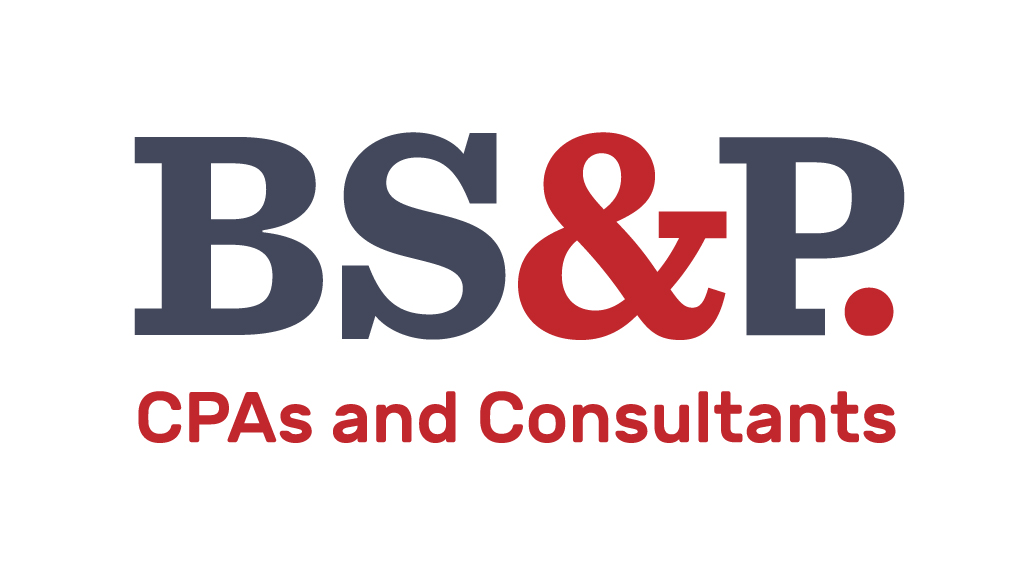
Following are some questions and answers that will give some insight into this rapidly evolving situation:
My company is not currently collecting sales tax in many states where we have customers – when do we begin?
The Supreme Court decision granted South Dakota permission to enact economic nexus thresholds (more on that later), but several other states are in the process of enacting their own economic nexus rules; each with different start dates and threshold parameters.
What other states are jumping on board with laws similar to South Dakota?
As of August, more than a dozen states had some type of economic nexus rule enacted. More states are expected to follow suit, so the potential for a multitude of state compliance threshold testing is right around the corner.
What is “economic nexus” and what are the thresholds I need to be concerned about?
Economic nexus basically means your company may be considered to have a “presence” in a state based upon the volume of business it transacts within that state, irrespective of any actual physical presence. It appears economic nexus for sales tax purposes will be established by determining if your company’s business activities in a particular state exceed a defined dollar/transaction amount within a certain testing period. For example, South Dakota’s threshold is sales of $100,000 or 200 or more transactions within the state in a calendar year. Most states are modeling their threshold testing after the South Dakota approach, in terms of a dollar/transaction testing threshold. Amounts may differ by state, and testing periods/dates of required compliance are all over the board as well. As you can see, compliance is potentially going to be a major burden on your company (more on dealing with that later).
What constitutes a sale? What’s a transaction?
At present, most states have failed to define if sales to resellers, or ancillary charges commonly associated with sales, such as freight, count toward the threshold standards. Until such time that the states define a “sale” with more clarity, the conservative approach would be to assume all sales count toward the thresholds.
On the other hand, most states have specified the number of transactions that are part of their threshold; however most states also have failed to define a ‘transaction” for threshold testing purposes. Assume the states view an invoice as a transaction; not the individual items itemized on the invoice.
What’s the time frame to calculate thresholds?
The most common threshold testing period is calendar year 2017 as the testing period, but some states are enacting January 1, 2018 to “present”. If thresholds are met, collection and filing requirements go into effect at various points in time; again on a state by state basis.
Will I be liable for retroactive sales tax collections?
Unlikely. The Supreme Court ruled on the South Dakota model which specified it was not retroactive. It appears other states will follow this model which encourages compliance going forward.
A few years down the road, I no longer meet a threshold. Can I stop filing?
Unlikely. Once you’ve met a state’s threshold, you’ll be required to continue to collect and file as long as you remain in business.
Will sales tax compliance trigger the imposition of other taxes in states I’m not currently filing in?
Possibly. The Wayfair decision and its attendant threshold testing requirements can be applied to any other tax other than income tax. States’ tax structures vary tremendously – gross receipts taxes, franchise taxes, capital and occupational taxes – all are potential new liabilities your company may face as a result of exceeding a particular state’s threshold.
With almost 11,000 individual sales tax jurisdictions in the United States, the task of compliance for multi-state sellers is a daunting prospect. In order to get a jump start on preparing for the new compliance requirements, the following steps should be undertaken soon, given the impending October 1 compliance dates for some states:
- Evaluate sales in every state in the prior year to determine where the company may have compliance issues. Using the South Dakota threshold of $100,000 in sales and 200 transaction is a good benchmark approach. While not all states use these exact amounts, this may give you a solid basis for evaluating your compliance hot spots.
- Examine the taxability of the tangible property and services you provide in jurisdictions you are not currently collecting sales tax, to determine if they are subject to the imposition of the tax. There is a great deal of uniformity among the states as to what “stuff” is subject to sales tax, but a myriad of exceptions exist; and with the proliferation of services becoming subject to sales tax in many states, an analysis would be a great first step in determining the necessity of collection.
- Determine if your personnel are equipped to handle this major undertaking, in addition to their current accounting, financial and tax activity.
There is no easy way to approach this new landscape. It will be incumbent on every multi-state seller to determine if they have an obligation within each particular state they “do business” in. The implementation of a plan for maintaining sales tax compliance will be a necessary additional cost to your company of doing business.
The use of a third-party service provider (similar to a payroll service company) to guide you through this maze should be given strong consideration. We can assist you in understanding the compliance issues you may now face, as well as recommend third-party service providers to provide comprehensive and in-depth multi-state compliance. Please contact your Brock, Schechter & Polakoff professional to discuss this in more detail.
